Are you planning to add a pergola to your garden but confused by the complex costs involved?
Don’t worry. As a factory with 20 years of experience in the pergola industry, I am well aware of everything from product pricing to hidden installation fees, and I will reveal all the secrets in this ultimate guide.
I am confident that after reading this article, you will be able to set a clear and precise budget for your pergola project.
Part 1: Five Core Factors Affecting the Total Cost of a Pergola
First, we need to clarify the core factors that affect the price of a pergola so that we can calculate the price and know whether we are being ripped off.
The most important thing to remember is that a pergola that suits your needs is not like a standardized product with a fixed price. Its final cost will be directly determined by five key decisions you make during the planning process.
NO.1:Material
The material of the pergola is a key indicator of its durability, so choosing the right material for your pergola is of utmost importance!
Next, I will analyze the three most common pergola materials: aluminum alloy, steel, and wood.
Aluminum Alloy:
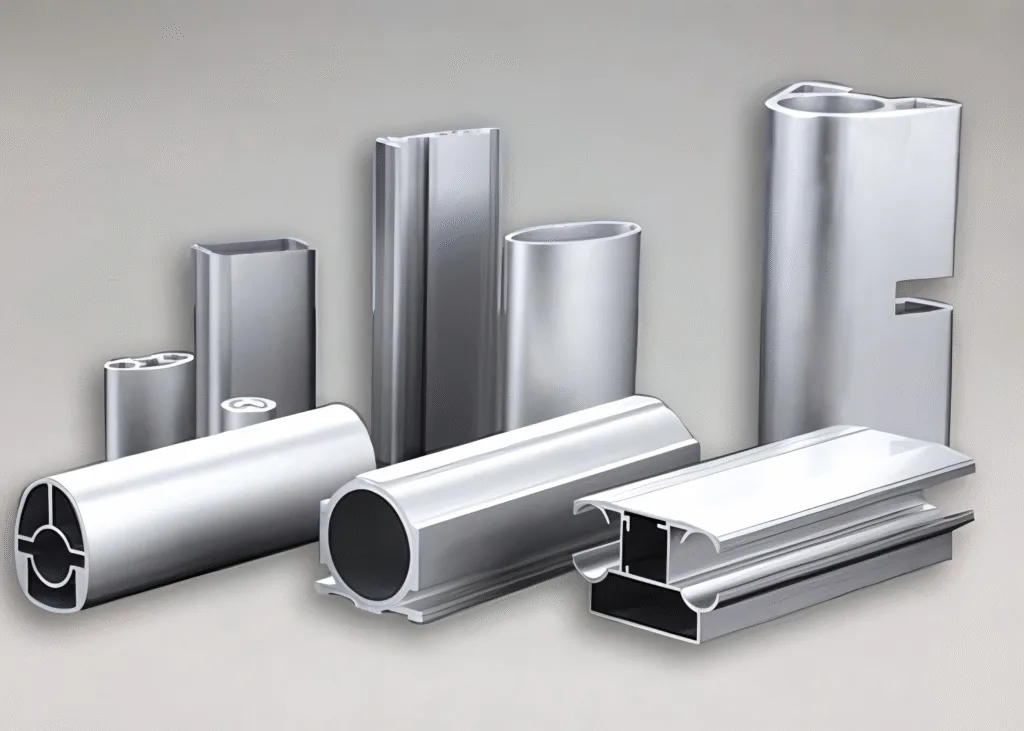
This is the mainstream choice for modern pergolas, not only because it is sturdy and lightweight, but also because its surface is powder coated to prevent rust, corrosion from seawater and salt spray, and insect damage.
Although the initial investment is slightly higher, its long service life and almost zero maintenance costs make it a wise choice for modern pergolas.
Steel:
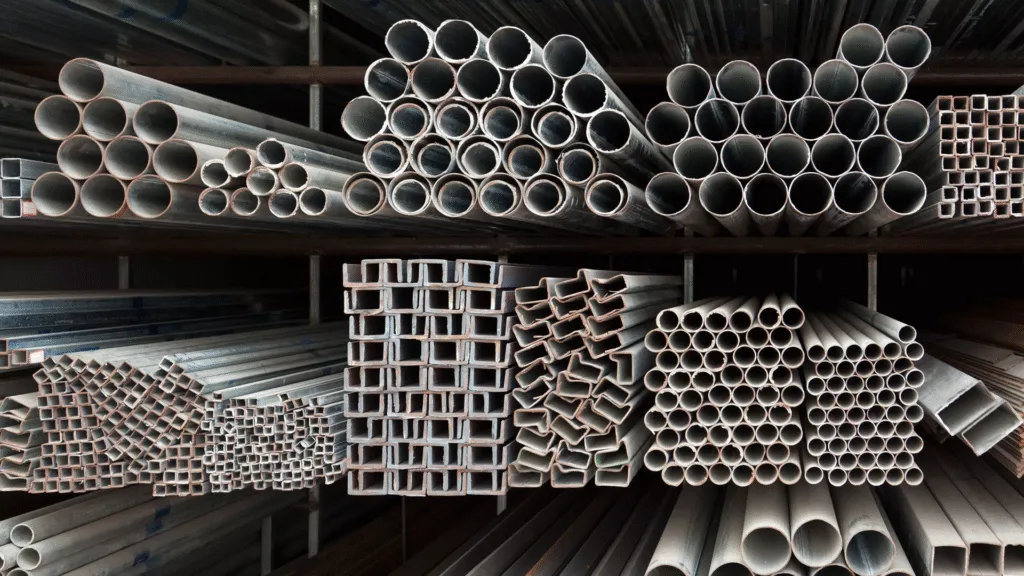
When seeking maximum strength, steel is the best choice. It not only enables designs with extremely large spans but also provides the highest level of structural safety.
Of course, it also has several drawbacks: first, its weight—steel structures are extremely heavy, leading to increased shipping costs and installation difficulties. Second, corrosion, which can result in higher maintenance costs over time.
Wood:
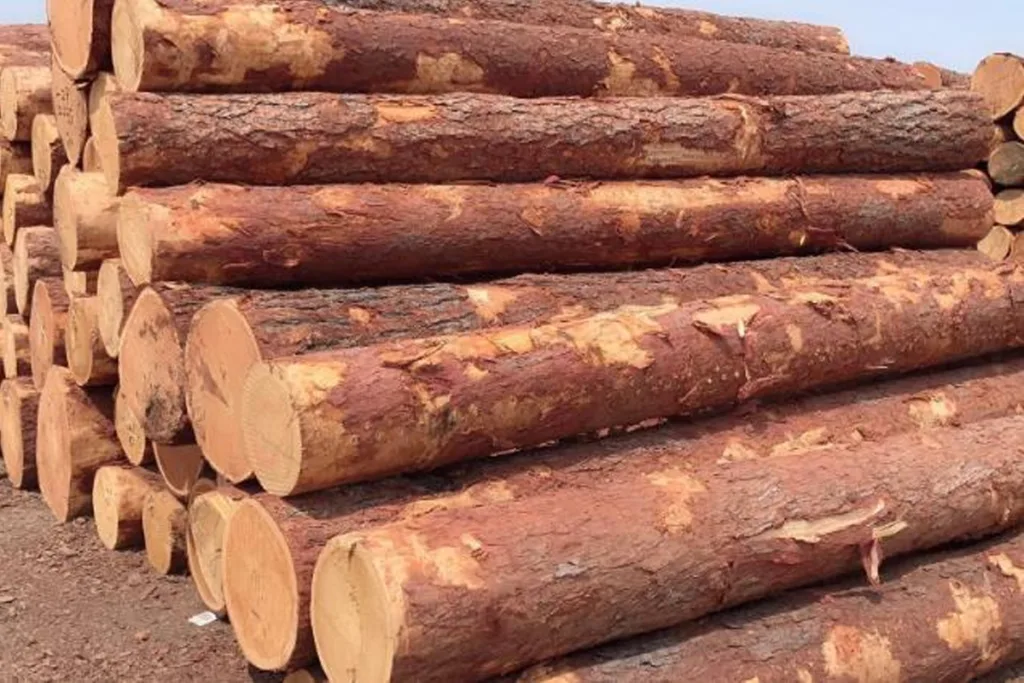
This is a more traditional choice because wood can bring a more natural aesthetic, making the home style look more comfortable. The initial cost of wood is relatively low, but this often comes with high maintenance costs. It needs to be stained every few months to maintain its appearance and treated with insect repellent to prevent insect damage. Generally, its lifespan is between 3 and 7 years, depending on extreme weather conditions and maintenance.
NO.2:Dimensions and Specifications
The reason size affects price is simple: it’s a direct correlation. The larger the gazebo, the higher the cost.
There are two underlying reasons for this:
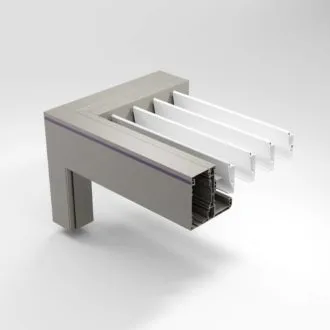
Material costs: Increased size means more raw materials are needed, including longer, thicker columns and beams, and more roof components. A 12’x16′ pavilion may require nearly 50% more materials than a 10’x12′ model, resulting in a corresponding increase in price.
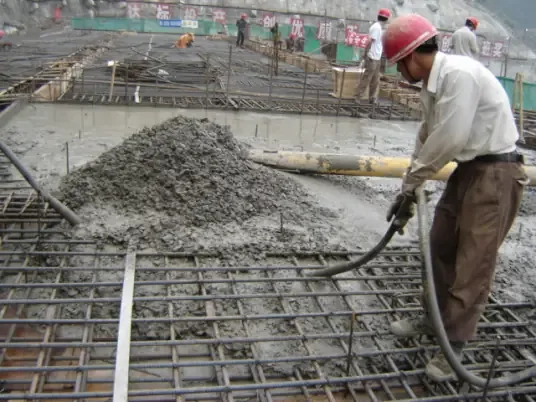
Labor costs: Larger sizes demand higher structural foundation requirements to ensure safety and stability. Therefore, concrete pouring may be necessary during the installation phase, thereby increasing construction costs.
NO.3:Type & Functionality
The type of canopy is the key factor determining the functionality and price of a pavilion.
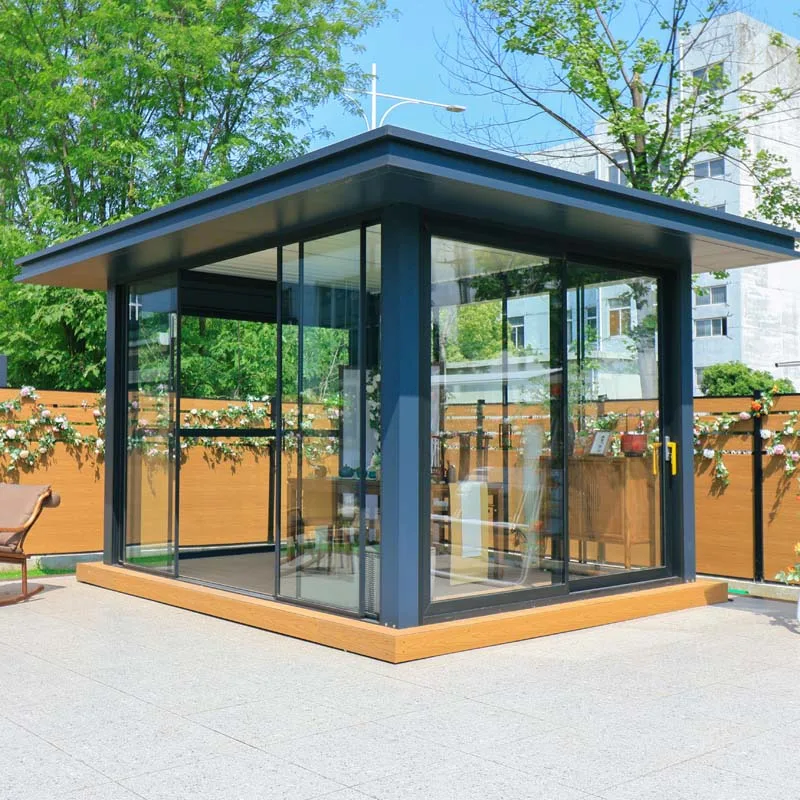
Fixed Roof: This type provides complete sun and rain protection, resembling a permanent outdoor roof. However, its drawback is that it permanently blocks light, potentially darkening adjacent indoor rooms.
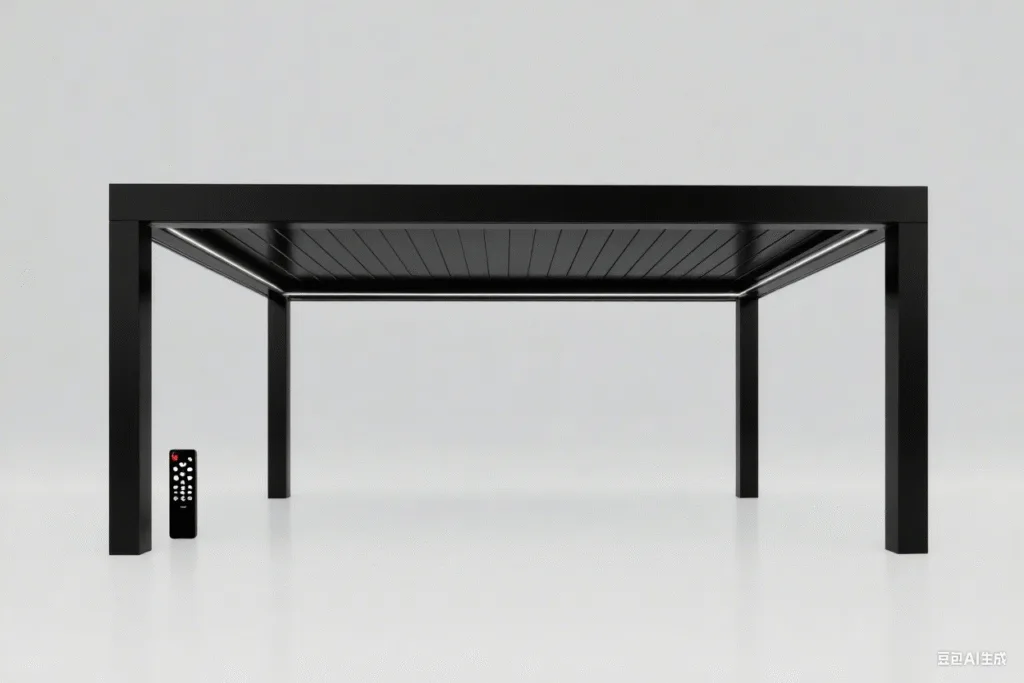
Bioclimatic Canopy: This is the most powerful and advanced option. It gives you complete control over the weather: with the touch of a button, you can adjust the roof’s louvers from fully open (to enjoy sunlight), half-open (to regulate light and shadow), to fully closed (to form a 100% waterproof, sturdy roof). This design, which combines advanced engineering, convenience, and versatility, makes it a premium investment.
NO.4:Brand & Quality
You may come across two gazebos online that look similar but have significantly different prices. These differences include, but are not limited to, the following:
Craftsmanship and Engineering: A reputable brand invests in material quality, profile thickness, surface coating processes (such as salt spray resistance and fade resistance), and structural engineering (such as certified wind and snow load capacity) to ensure product quality through rigorous factory testing.
Warranty Policy: In addition to engineering and craftsmanship, a reputable brand offers comprehensive warranties lasting several years or even decades. This not only guarantees product quality but also safeguards the security of your investment.
Design and Innovation: The brand listens to customer feedback and continuously invests in detail design, smart feature integration, and user experience to create better products and serve customers.
You can view our 2117 series pergolas, developed based on customer feedback. We have made significant upgrades in drainage, structure, usage safety, and user experience based on customer feedback!
NO.5:Customization & Features
A perfect outdoor space requires more than just a frame; it also needs finishing touches, or additional features.
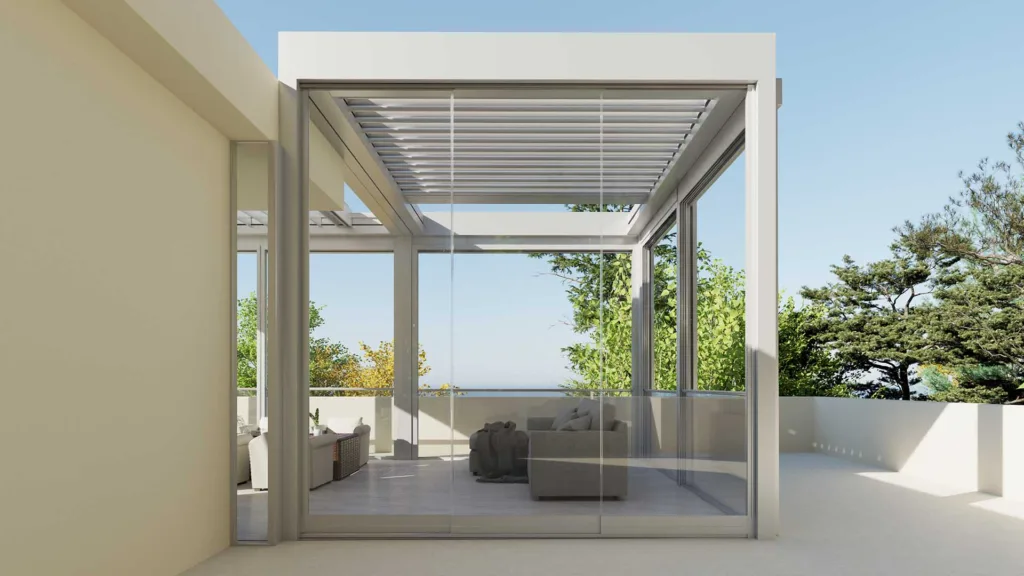
Frameless glass doors: Give your “house” a door to block out all outdoor noise!
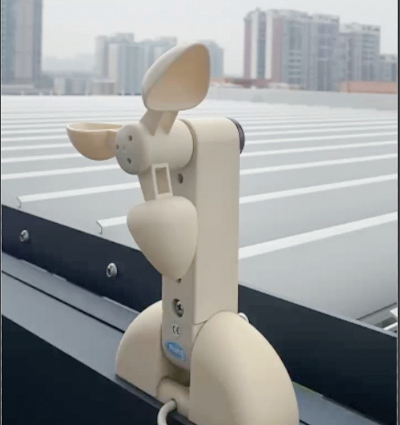
Weather sensors: Automatically open and close the roof louvers based on weather changes!
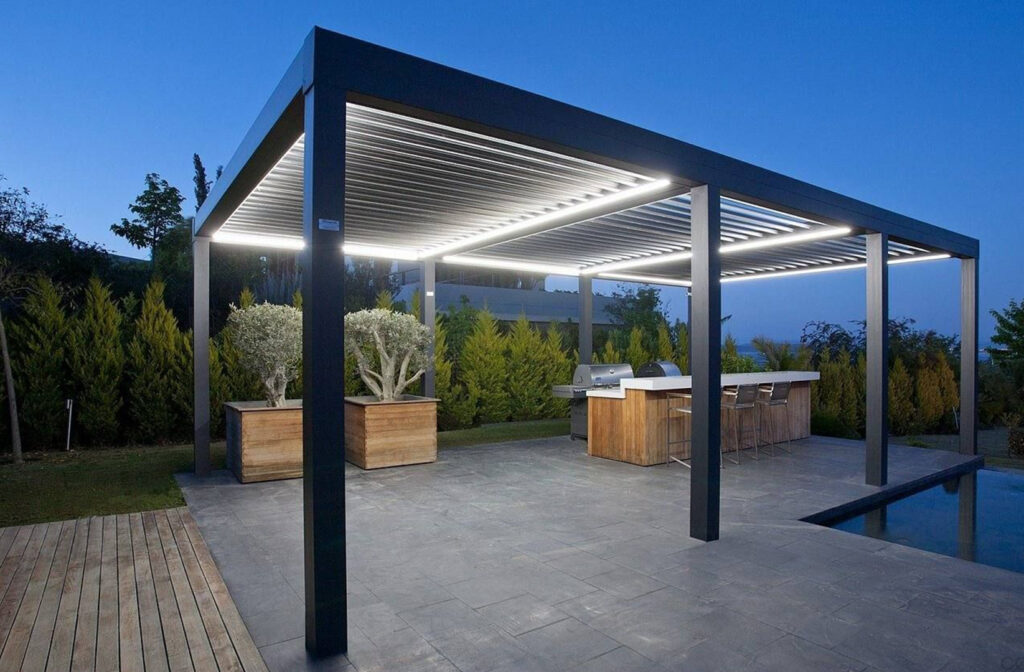
Integrated mood lighting: Enjoy parties or work seriously even at night!
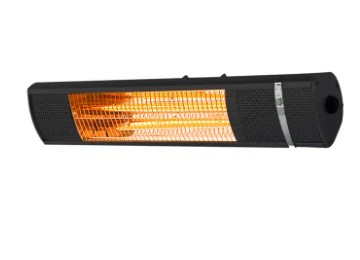
Heater: Turn it on, and you can confidently enjoy the outdoors even in the coldest winter.
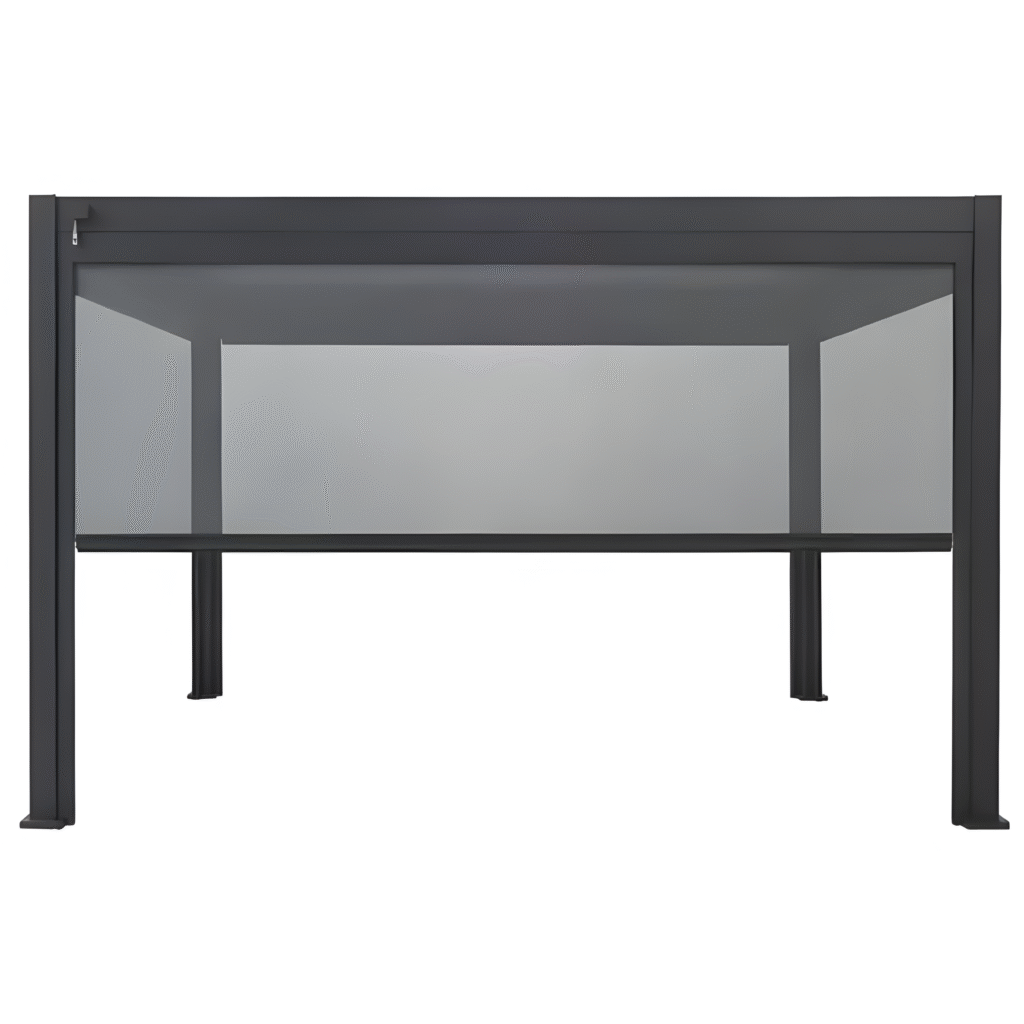
Electric windproof roller shutters: Available whenever needed, providing immediate wind protection, sun protection, and privacy.
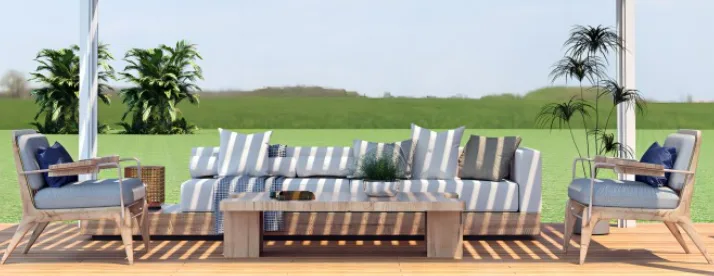
Outdoor furniture: Come on! Transform this canopy into a new living room—the difference is, this outdoor living room can freely adjust sunlight as needed!
Part 2: Detailed Explanation of the Price of the Pavilion Product Itself
Now that we have discussed the factors that affect pergola prices, let’s take a look at the actual price of a pergola.
3mx3m electric pergolas price:$2,100-$2,700,Suitable for small courtyards or terraces, common areas under basic configuration. Great for diy aluminum pergola setups.
3mx4m electric pergolas price:$2,700-$3,400,For medium spaces, the price may vary slightly depending on the lighting.
3mx5m electric pergolas price:$3,400-$4,100,Taking into account both practicality and scalability.
3mx6m electric pergolas price:$3,900-$4,600,Suitable for narrow and long spaces. The price is affected by the lighting material or additional functions.
4mx4m electric pergolas price:$3,500-$4,100,Square layout classic style, which is also the regular pricing range of mainstream brands
4mx5m electric pergolas price:$4,300-$5,100,Adapted to large area coverage requirements, including the cost addition of a reinforced frame.
4mx6m electric pergolas price:$5,100-$6,000,Exclusive configuration for large spaces, the price includes the basic cost of the intelligent control system.
4.5mx6m electric pergolas price:$6,000-$6,600,Oversized styles have higher costs due to structural reinforcement and load-bearing design.
Custom Pergola Kits:
- Custom DIY Louvered Pergola Kits typically start at $7,000+. The higher price reflects the custom design process based on client drawings and the flexibility to modify for complete personalization.
Note on Lighting:
For all pergola models listed above, the number of optional integrated lights can be configured, which may affect the final price.
Part 3: Analysis of Installation Costs That Cannot Be Ignored (DIY vs. Professional)
The price of a gazebo kit is only a fraction of the total cost of the gazebo. Properly and safely assembling it in your backyard is a critical step, and the process itself comes with a series of costs.
Option 1: DIY Installation
For those with DIY experience and willing to invest the time, DIY installation is undoubtedly a great way to save on labor costs.
The obvious advantage: saving on labor costs. As is well known, in the United States, the most expensive part is not the product itself, but the labor costs.
Generally, installing a pergola can cost between $500 and over $2,000 in labor costs, depending on the project’s complexity.
In addition, we should also consider the implicit and explicit costs of DIY installation:
Tool and equipment rental ($150 – $400+): Depending on the structure of your pergola, if it uses steel, you may need specialized equipment even if you have basic tools. Commonly required tools include concrete drills, post hole diggers, or heavy-duty ladders.
Foundation materials ($100 – $600): A sturdy foundation is essential. This includes the cost of concrete mix (typically 80-pound bags at approximately $7 per bag), drainage gravel, and sturdy column anchors or mounting brackets.
Permit fees ($60–$150+): Many municipal authorities require permits for structures of a certain size, especially when they are connected to a house or involve electrical wiring. This process requires submitting design drawings and may incur fees.
Time Cost: Installing a standard steel pavilion typically requires two experienced individuals to spend an entire weekend. However, if you choose the 2117 series, which features a modular design, there is no need for complex operations such as pouring concrete foundations. Two to three people can quickly assemble it in just an afternoon. When making your decision, please consider the value of your own time.
Risk Factors: Improperly installed pavilions may pose safety hazards. Incorrect installation may also damage the product, rendering the manufacturer’s warranty void.
Ideal Candidates: Individuals with DIY experience or construction skills, access to complete tools, and at least one strong assistant. Ideal for installing small standard-sized pavilion kits that do not include complex electrical components.



